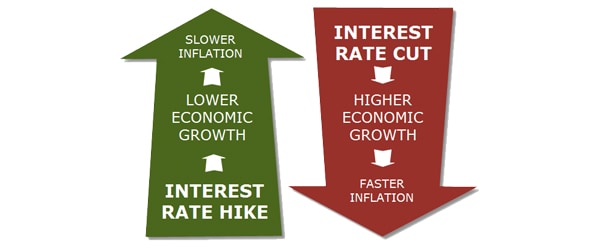Everyone knows that bank lending to small business has been on the decline in the last decade. What is less clear are the causes and effects – and whether business owners themselves even want a bank loan.
Recent statistics sight just how most business owners think cash flow finance is better!
If the drought in business loans and overdrafts was initially caused by the financial crisis and exacerbated by subsequent regulation which forced banks to tighten lending criteria and availability, it is equally true that business owners were fed up with the deals on offer from big banks.
At the same time as businesses were being pushed away from the banks, equally powerful pull factors were drawing them to a new array of non/bank lending. In particular, invoice finance has proven very popular with those business owners who have tried it already.
Most SMEs now prefer Invoice Finance to Bank Borrowing
A poll of 1,000 business owners found invoice and asset based finance were the most popular funding routes, cited by 26 per cent and 22 per cent of firms respectively. Admittedly, this data came from a peer-to-peer lending platform’s business insights survey, but there is no doubt that alternative business funding methods have been on the rise, and we are sure this survey has not been doctored.
In Australia as in other developed countries, SMEs were by 2008 already waking up to the fact that technology and the internet were bringing other possibilities to finance themselves. Crowdfunding and online loans from non-bank lenders were new; invoice finance and trade finance are as old as commerce, but became available to a new client base thanks to fintech.
Just How Big Can Invoice Finance Get?
In the UK, which has been one of the leading adopters of invoice finance, its popularity has been accumulating for 20 years now.
Since the turn of the millennium, the UK invoice finance industry has grown by 368%. There are providers ranging from small independent lenders who operate locally, to the subsidiaries of large multi-national banks.
After banks tightened their belts in 2008, the number of businesses using invoice financing increased by more than a third (48,903 to 67,676) and the growth continues year on year in the UK. Soon, those businesses were discovering that invoice finance is far more than a way of covering your bills and working capital requirement, but in fact it is not only (often) cheaper than non-bank loans, but by using invoice finance, businesses have and continue to grow quicker each year relative to those that don’t use such cash flow funding for their business.
The UK website Business Expert says: “While invoice financing has been around a while, it is only in the last five years that its popularity has exploded as a viable method to fuel growth and maintain a healthy level of cash flow.”
Australia is Waking Up to Alternative Finance
Australian SMEs have been slower on the uptake than their UK counterparts, but there are signs that they are waking up: in 2019, Australian business owners indicated they more likely to use a non-bank ahead of their main bank to fund their growth plans.
As these businesses grow and enjoy success, they will not only look to increase their own funding. They will tell their peers, and as financial staff move to new companies they too will spread the word: Invoice finance is a great way to fund growth.


